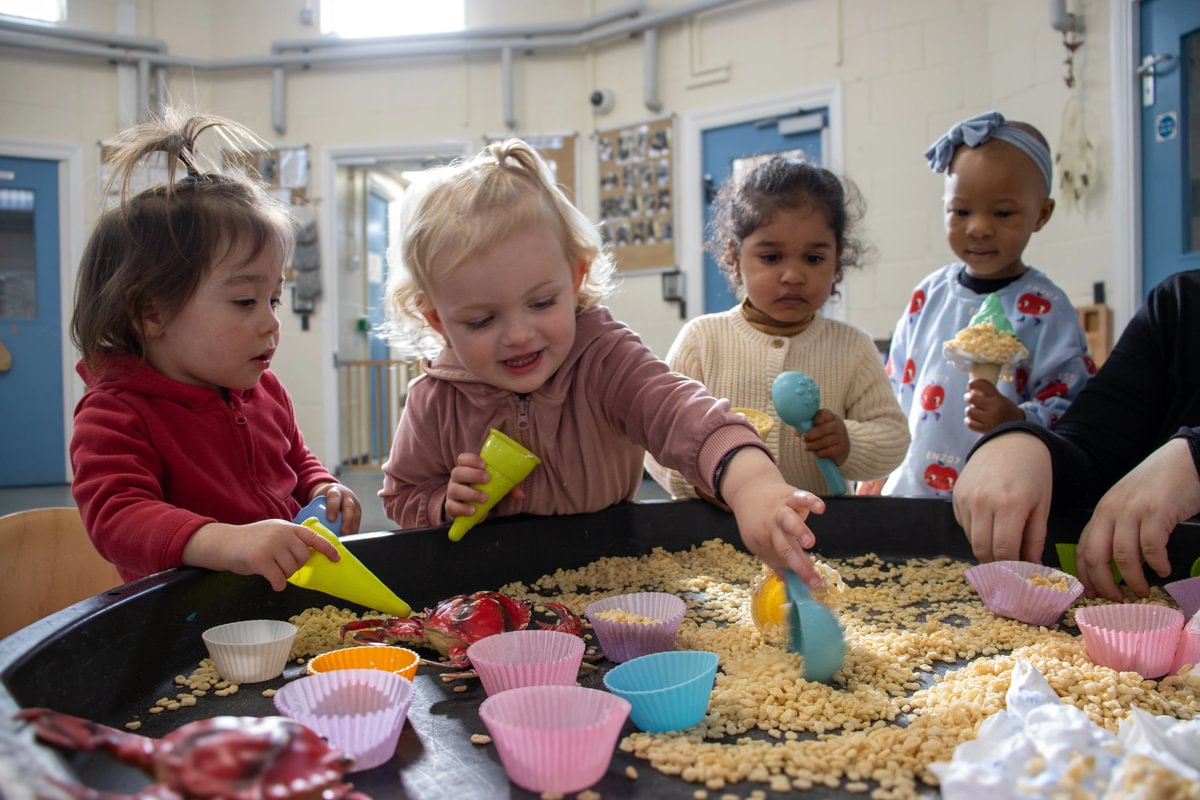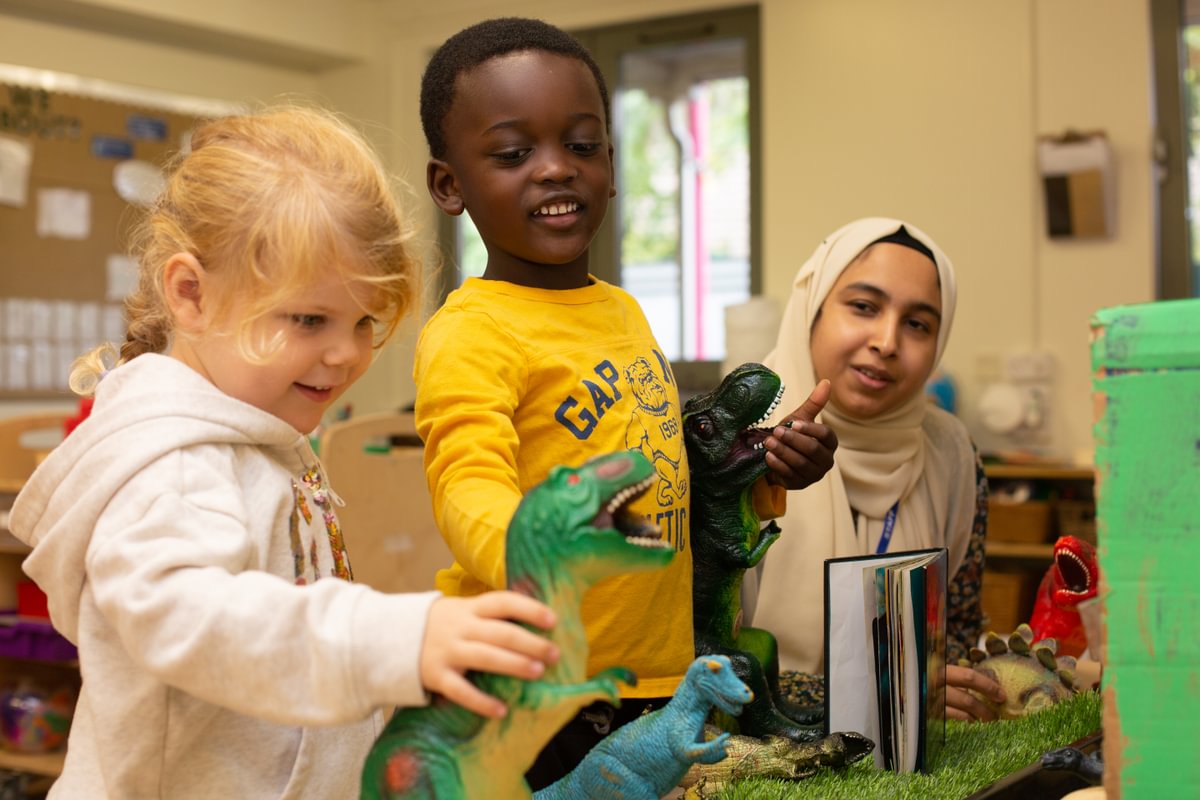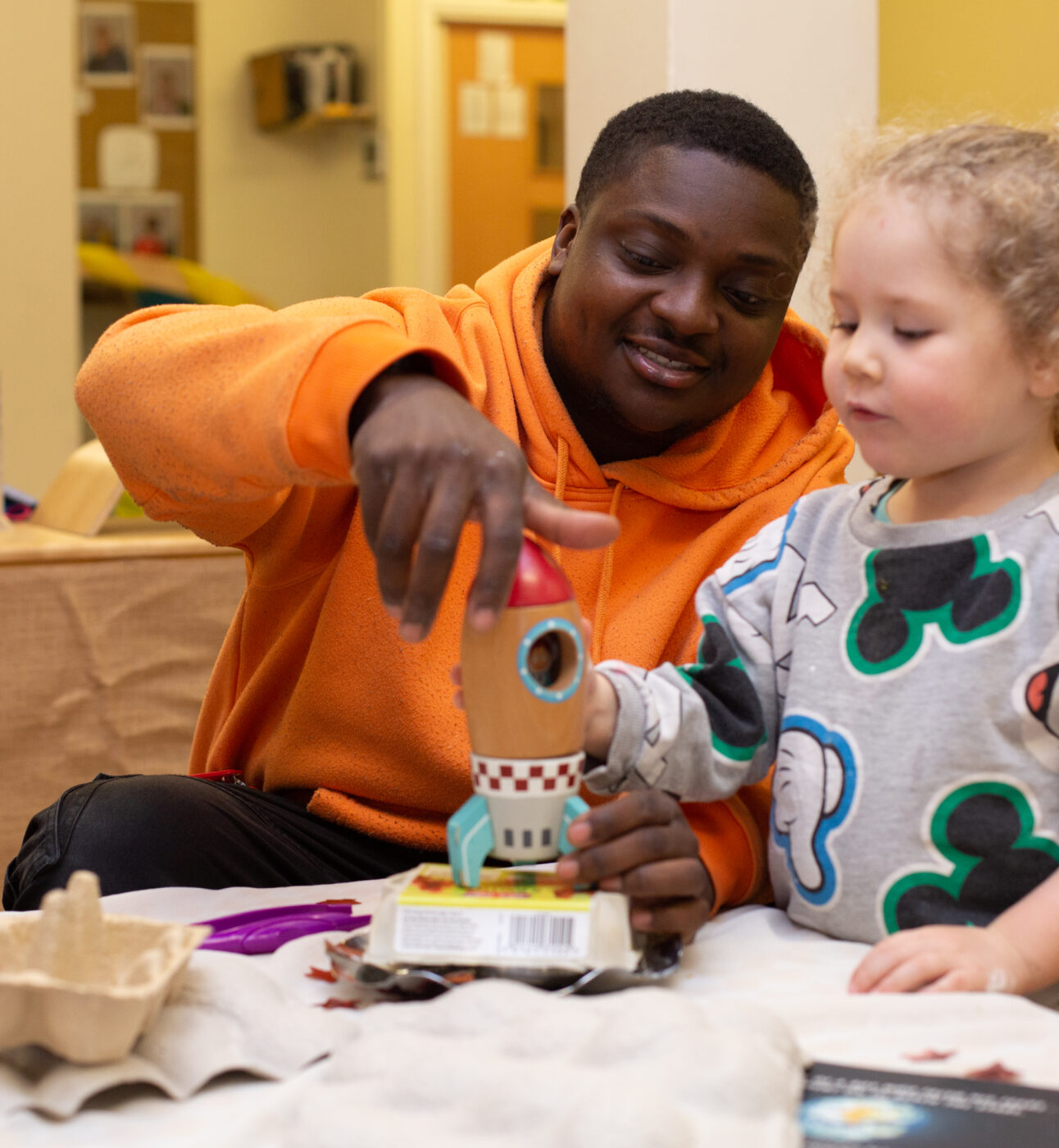
A Conversation with Ofsted: What we learned at the London OBC
On the 7th April, we held the London OBC and here is a summary for those of you who could not attend. We are trying something new,…
May 18th 2020
On the 23rd March, Boris Johnson put us in to lockdown to help address the unknown outcomes from the coronavirus (COVID-19). It was a sombre day and most of us responded with fearful acquiesce. Lots about the lockdown didn’t make sense to us, why now, what about the economy, who was at risk, should we close the borders, force quarantine, sort our testing, wear masks? – not to mention a million other questions filtered by a hysterical press.
By day two, some of us in Early Years were re-engineering our business to provide a service to the children of essential workers and those deemed vulnerable.
We were making quick decisions to try and save jobs but then we got a helping hand from the new, young, calm and grounded Chancellor with the announcement of the furlough. This word entered our daily lexicon because with it brought hope that it might be the route to survival for so many businesses. Loans and financial support came later. The loans were filtered through the banks and eight weeks later many businesses are still waiting for confirmation that they will get the business interruption loans. On the other hand, HMRC has acted swiftly and delivered the furlough payments in a timely and relatively uncomplicated way.
By the end of the first week, we had developed what I called the 4th Emergency Service – offering to help as widely as possible while figuring out how we keep the staff and the children safe.
By then I was furious that the Early Years sector was completely ignored by the Secretary of State for Education who was quite rightly supporting some schools to remain open with positive messages, recognition and emergency funds. But no mention of the Early Years sector! (Just to remind you we area sector of 319,000 staff, 39,000 childminders, 24,000 nurseries and 500,000 children in attendance). Our newly appointed Children’s Minister, Vicky Ford remained silent and it took the leverage of a shared voice across the sector to get a positive public response from her.
By mid-April, we had shifted into a lower gear, watching cash like a hawk, fundraising and developing a whole academy of home learning.
Many staff were being prepared for the next tranche of furlough as by then we had a better sense of need and our occupancy was steadying at around 15%. Not a particularly comforting number but at least we had something to work from. By now, we were dealing with the confusion between the furlough and NEG funding, rental payment holidays and some other issues that emerged from lack of awareness about how the sector works.
But everything has a positive side. Never waste a crisis to get stuff done. Our health and safety approach seemed to work, nobody has become sick at work.
The quality of teaching soared because the numbers were low and the ratios high and children had time to wallow in play, especially outdoors as we were blessed with some great weather. Staff had all become Zoom experts and were able to use this video communication to keep in touch with colleagues, children and parents. Online training was super popular and our support platform delivered a huge range of personal development opportunities.
Now, we have a countdown and the 1stJune beckons. We have canvassed those parents who were in lockdown. Many are keen to return. So are staff but we need to protect them. All the health and safety that has worked will need to be strengthened as the numbers grow. We are looking at bubbles.
Please can those people on social media stop telling me that small children cannot social distance? I know!
Can they also stop using it as a moral high ground? Making a difficult decision is hard enough without people telling you that they don’t think it’s safe. Especially when they are able to stay home safely, on full pay with three bedrooms, a garden and a mortgage payment holiday.
Some of the statistics are reassuring. While we know children contract COVID-19 and get ill, we also know that very few die. Listen to Professor Sir David Speigelhalter who reminds us that only two children out of 10 million in the UK have died from COVID-19. Of course, there are others who suggest it might be higher but effectively we have to make a judgement which balances both views. While we can continue to seek less ambiguous data, we would do well to avoid over interpreting or sensationalising what we do know. A report by the Children’s Commissioner tells a story of low rates of infection and serious illnesses among those children who continued to attend schools and nurseries.
That is why our knowledge of what worked and our assessment of what is working well in other countries has to be the basis of our next phase risk assessment. We have canvassed LEYF parents and 40% of LEYF parents want to return on the 1st of June and a further 39% are looking for a June- August return. This was from 1508 responses – of a total of 2,329 parents. These parents need to work, or as many say in very graphic emails, ‘working from home with a small child is not easy for anyone’.
They also note that their children are missing their friends and so many parents have commented on how surprised they have been to realise just how important friendships are to small children. There are an estimated 4 million children living in neglectful homes or with special learning needs. These children benefit from attending nurseries.
So, we will continue to build a strong risk mitigation system to ensure we do everything we can to protect our children and staff. We must always build in how we address the insensibility and stupidity of some members of the public who simply fail to understand social distancing. Public transport is a real source of worry but cannot be avoided as not everyone can walk or cycle to work. We have paid for cabs up to now, but I am uncertain if we can continue to do this especially if those very parts of London in which we operate are now pedestrianised by the Mayor of London.
As a sector, our next task is to add a section to the Government guidance on working safely through coronavirus (COVID-19), on opening nurseries so we can have a shared public set of actions. We have produced all this information and are happy to share. The Childcare COVID-19 Working group meets weekly to discuss our approach to the pandemic (see talking points here). We are all keen to ensure everyone is protected but this is impossible.There may well be a spike in COVID-19 as the numbers of people out of lockdown increases.
However, there is no easy option so let’s do what we did at the beginning of lockdown and pull together. Scaremongering and finger pointing won’t get us through this. We will have to leave our homes at some stage. Support those brave enough to venture out first. They are preparing the way for the rest.

On the 7th April, we held the London OBC and here is a summary for those of you who could not attend. We are trying something new,…

Why the social enterprise model could be the solution to fixing England’s broken childcare system by expanding access to the communities that need it most. England is…

Social enterprises are driven by social justice and deliver a range of public services including health, social care, children, services, education, homelessness, housing, domestic abuse, public health, leisure, culture, employment,…